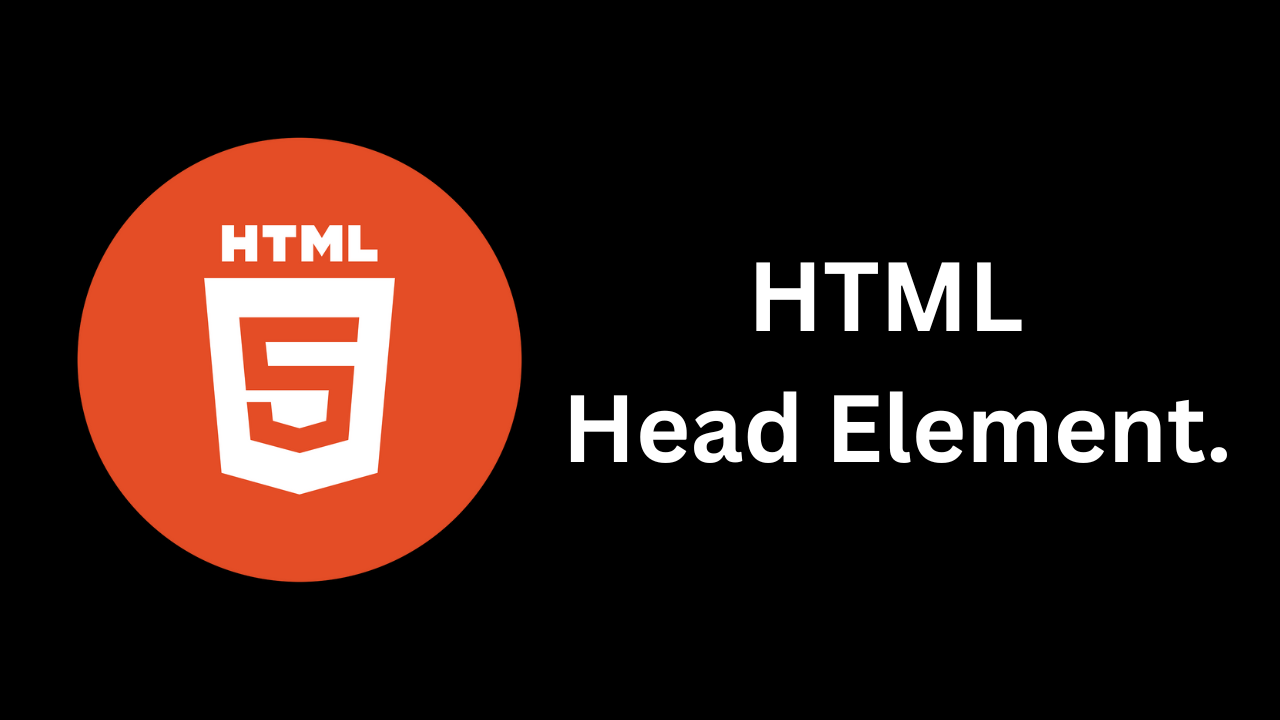Understanding the HTML Head Element
 Shivani Patel
Shivani Patel
The <head> element is a crucial part of any HTML document, serving as the container for metadata and links to resources that are not displayed directly on the web page. In this blog post, we’ll explore the purpose of the <head> element, its key components, best practices, and its impact on web development.
What is the Head Element?
The <head> element is found at the beginning of an HTML document and is nested within the <html> tag. It contains information about the document that is not directly visible to users but is essential for browsers and search engines to interpret the content effectively.
Basic Structure
Here’s a simple example of how the <head> element fits into an HTML document:
<!DOCTYPE html>
<html lang="en">
<head>
<meta charset="UTF-8">
<meta name="viewport" content="width=device-width, initial-scale=1.0">
<title>My Web Page</title>
<link rel="stylesheet" href="styles.css">
<script src="script.js" defer></script>
</head>
<body>
<h1>Welcome to My Web Page</h1>
<p>This is an example of the head element.</p>
</body>
</html>
Key Components of the Head Element
The <head> element can contain several important tags:
1. <title>
The <title> tag defines the title of the document. This title appears in the browser tab and is crucial for SEO, as it helps search engines understand the content of the page.
Example:
<title>Understanding the HTML Head Element</title>
2. <meta> Tags
Meta tags provide metadata about the HTML document. Some common attributes include:
Charset: Defines the character encoding.
<meta charset="UTF-8">Viewport: Helps with responsive design by controlling the layout on mobile browsers.
<meta name="viewport" content="width=device-width, initial-scale=1.0">Description: Offers a summary of the page content, often used by search engines.
<meta name="description" content="A comprehensive guide to the HTML head element.">Keywords: Lists keywords relevant to the content, although this is less commonly used today.
<meta name="keywords" content="HTML, head element, web development">
3. <link>
The <link> tag is used to link external resources, primarily stylesheets. This is essential for applying CSS styles to the document.
Example:
<link rel="stylesheet" href="styles.css">
4. <script>
The <script> tag is used to include JavaScript files. Using the defer attribute allows scripts to be executed after the HTML document has been fully parsed, improving loading performance.
Example:
<script src="script.js" defer></script>
5. <style>
The <style> tag can be used to include internal CSS styles directly within the document.
Example:
<style>
body {
font-family: Arial, sans-serif;
}
</style>
Best Practices for Using the Head Element
Keep It Organized: Arrange tags in a logical order:
<meta>tags first, followed by<title>,<link>, and<script>tags. This improves readability and maintenance.Use Descriptive Titles: Ensure the
<title>is descriptive and relevant to the content. This is crucial for SEO and user experience.Optimize Meta Tags: Use relevant meta descriptions and keywords to improve your site's visibility in search engines.
Minimize JavaScript in the Head: Place JavaScript files at the end of the document or use the
deferattribute to enhance loading performance.Ensure Responsive Design: Always include the viewport meta tag for mobile responsiveness.
Conclusion
The <head> element plays a vital role in web development, providing essential information and resources that help browsers render pages correctly and optimize them for search engines. By understanding and utilizing its components effectively, you can improve your website's performance, accessibility, and SEO.
As you continue your journey in web development, mastering the <head> element will empower you to create better, more efficient web pages. Happy coding!
Subscribe to my newsletter
Read articles from Shivani Patel directly inside your inbox. Subscribe to the newsletter, and don't miss out.
Written by
